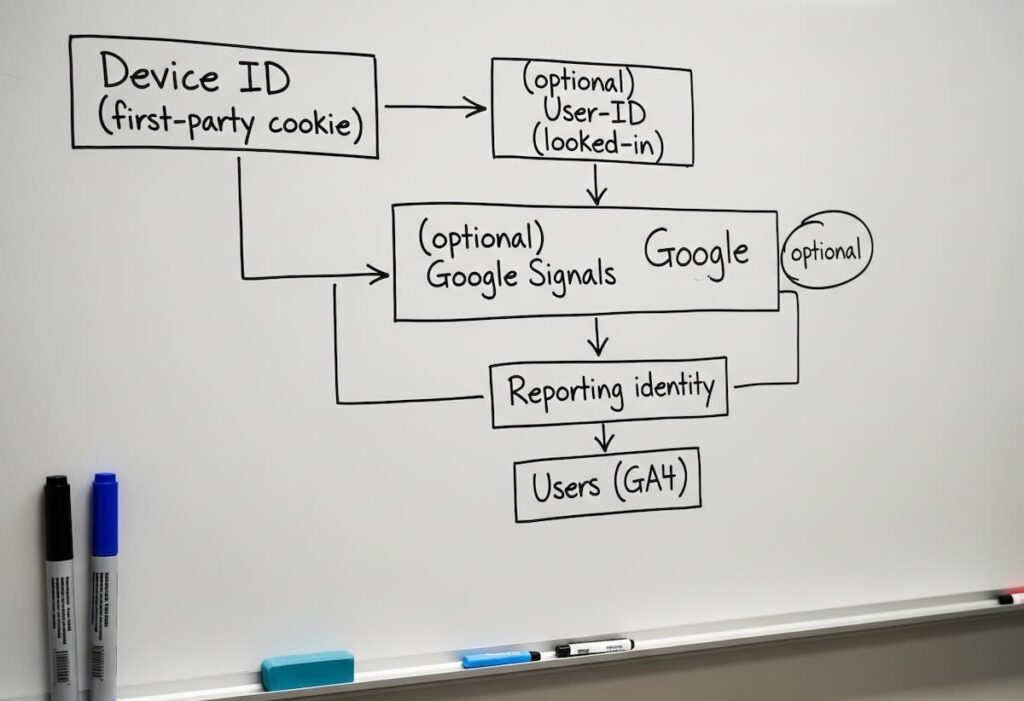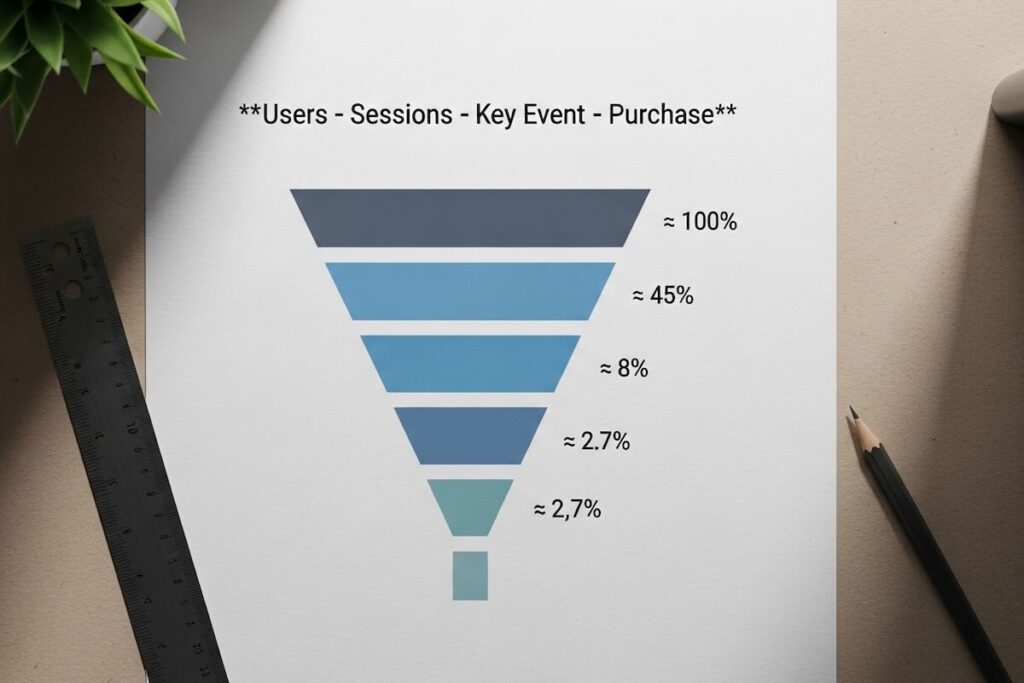You ever cook a huge dinner and nobody shows up? That’s what running a site without tracking unique visitors feels like.
Okay, maybe that’s a little dramatic. But here’s the deal: if you’re not keeping tabs on the number of unique visitors to a website, you’re basically flying blind. You might have great content, killer visuals, even paid ads — but no clue who’s actually seeing it.
So let’s get real for a second and talk about why this number isn’t just another metric to check off. It’s the heartbeat of your online presence.
Wait — What Is a Unique Visitor to a Website?
In simple terms, a unique visitor is one real person who visits your website, no matter how many times they come back in a given period (usually measured per day, week, or month). If Lisa checks out your blog five times today, she’s still just one unique visitor.
Now compare that to “sessions” or “page views,” which can make your numbers look bloated. One person, visiting ten times? Ten pageviews — but still just one unique visitor.
And that is what makes this number so important. It tells you how many actual people you’re reaching.

Why Should You Even Care?
1. It’s Your Real Audience Size
Page views can be inflated by bots, refreshes, or your mom refreshing your product page because she’s proud. But monthly unique visitors website stats? That’s as close as you’ll get to counting real human eyeballs.
It’s the number that reveals your actual reach — how many individuals came across your brand. Not how many times the same person clicked around.
Note: Modern tools (e.g., GA4) automatically filter many known bots and crawlers. Some clever bots still slip through, so keep an eye on anomalies (sudden spikes from one country, zero-engagement traffic, odd user-agents) and apply extra filtering when needed.
And yeah, Google Analytics might throw dozens of numbers at you, but this one? This is your starting point. It’s the difference between “How popular are we?” and “How many people know we exist?”
2. Benchmarks Mean Nothing Without It
Let’s say you’re running an eCommerce site. You know your conversion rate is 2%. Cool. But 2% of what?
If you don’t know how many unique visitors per month you’re getting, you can’t calculate leads, sales, or ROI. It’s like saying your lemonade stand made “some money” without knowing how many people walked by.
And if you’re reporting to a boss or client? You can’t just show pretty graphs. You need to say, “We got 10,000 new people to visit the site this month.” That’s tangible. That’s impact.
3. It Shows Growth — or Warning Signs
Every marketer has been there: you’ve tweaked SEO, launched a campaign, maybe even tried a new ad platform. Now what?
Tracking unique monthly views gives you a clean way to see if your efforts are actually working. A spike in new visitors after publishing a killer blog post? That’s your green light. A drop after changing your homepage layout? Maybe not the best move…
Without this data, you’re guessing. And marketing should never be guesswork.
How Do You Actually Track It?
Different analytics tools count a “unique visitor” in different ways:
- Google Analytics 4 (GA4). Uses a first-party cookie (
_ga) to assign a device/browser Client ID. If you implement User-ID (for logged-in users) and enable Google Signals, GA4 can merge some cross-device visits, depending on your Reporting identity setting. GA4 does not use IP to identify users; IP is used for coarse geolocation and is discarded. Incognito/private mode resets cookies (so the same person looks “new”); VPN usually doesn’t change the user count because the cookie ID stays the same. - Matomo. Uses a first-party cookie to assign a Visitor ID. Cross-device deduplication doesn’t happen unless you pass your own User-ID. Incognito resets cookies; VPN generally doesn’t matter for counting.
- Plausible. Cookie-less by design. It derives a short-lived daily fingerprint (hash of IP + user-agent + domain with a rotating salt). That means the same person on different days is counted as different “uniques,” and changes to IP (e.g., via VPN) can nudge the counts.
Read trends, not single days. Day-to-day fluctuations are normal (browser privacy features, consent, device mix). Evaluate weekly/monthly patterns and tie changes to campaigns or site updates.
Heads-up for GA4: your Reporting identity (Device-based vs. Blended with User-ID/Signals) affects the Users number. Be consistent over time so your trend lines stay comparable.

Privacy note (GA4): IP addresses aren’t stored in GA4. They’re used only for rough geolocation and then discarded, and they are not part of user identification.
How Different Tools Count “Unique Visitors”
| Tool | Basis | Cross-device | Incognito / VPN impact | Notes |
|---|---|---|---|---|
| GA4 | First-party cookie Client ID; optional User-ID & Google Signals | Limited (needs User-ID/Signals) | Incognito: resets; VPN: minimal | Reporting identity changes Users totals |
| Matomo | First-party cookie Visitor ID | No (unless you pass User-ID) | Incognito: resets; VPN: minimal | Flexible self-hosted setups |
| Plausible | Cookie-less daily fingerprint (IP+UA+domain+salt) | No | Incognito: “new”; VPN: can change counts | Same person on different days counts as different uniques |
Mistakes People Make (Yes, You Might Be Too)
Let’s air some dirty laundry — here are the common traps people fall into:
- Counting sessions instead of visitors.
Sessions are great, but if the same person visits 12 times, it doesn’t mean 12 people saw your site. - Bragging about views, not people.
“Hey, we had 500,000 page views this month!”
Great. But how many people came? Don’t inflate the numbers to make yourself feel good. Stakeholders will see through it. - Forgetting mobile vs desktop.
Sometimes, the same person visits on phone and laptop. Depending on your tracking setup, that might show up as two unique visitors. So… yeah. Be aware of that wrinkle. - Ignoring cookie lifetimes.
Safari’s privacy features can expire identifiers in about 7 days, while Chrome can keep them for months. The same audience can look “less returning” in Safari-heavy segments. - Forgetting consent and modeled data.
If you run a consent banner with GA4’s Consent Mode, some users and conversions may be modeled rather than directly observed. That’s normal—but note it when comparing channels or devices. - Breaking users at checkout.
If your store uses multiple domains (landing → checkout), set up cross-domain tracking. Without it, the same person may appear as multiple users and sessions.
Real Talk: How Many Unique Visitors Do You Need?
Skip folklore, use math.
Required monthly users = Target monthly revenue ÷ (Average order value × Conversion rate).
Example:
- Target revenue: $20,000
- AOV: $80
- Conversion rate: 2.7%
$20,000 ÷ ($80 × 0.027) ≈ 9,259 monthly users
Then reality-check by channel and device (mobile often converts lower), add seasonality, and include non-purchase goals (leads, trials, email signups). A B2B SaaS with 2,000 tightly qualified users can outperform a lifestyle blog with 200,000 casual readers.
So… What Should You Do Next?
Here’s the TL;DR action list (because hey, I know your coffee is getting cold):
- Set up proper analytics. If you don’t have Google Analytics (or similar), pause everything and install it now.
- Look at the unique visitor trends. Daily is fun, monthly is smarter.
- Compare traffic to conversions. Are 5% of people taking action? Or 0.2%?
- Segment your visitors. New vs returning. Desktop vs mobile. Organic vs paid.
- Make decisions based on this data. Adjust content, fix drop-off pages, and re-target smartly.

Final Thoughts: This Metric Is Your North Star
Here’s the thing: what is a unique visitor to a website if not a chance?
A chance to earn trust. To convert. To build something meaningful.
You’re not just tracking numbers. You’re tracking potential relationships. That’s why this matters.
And hey — even if your visitor count today is small, don’t sweat it. Every big brand started with their first 100 visitors. What matters is what you do with them.
Now, go check your stats. Then go write something that makes the next 100 visitors want to stay.

